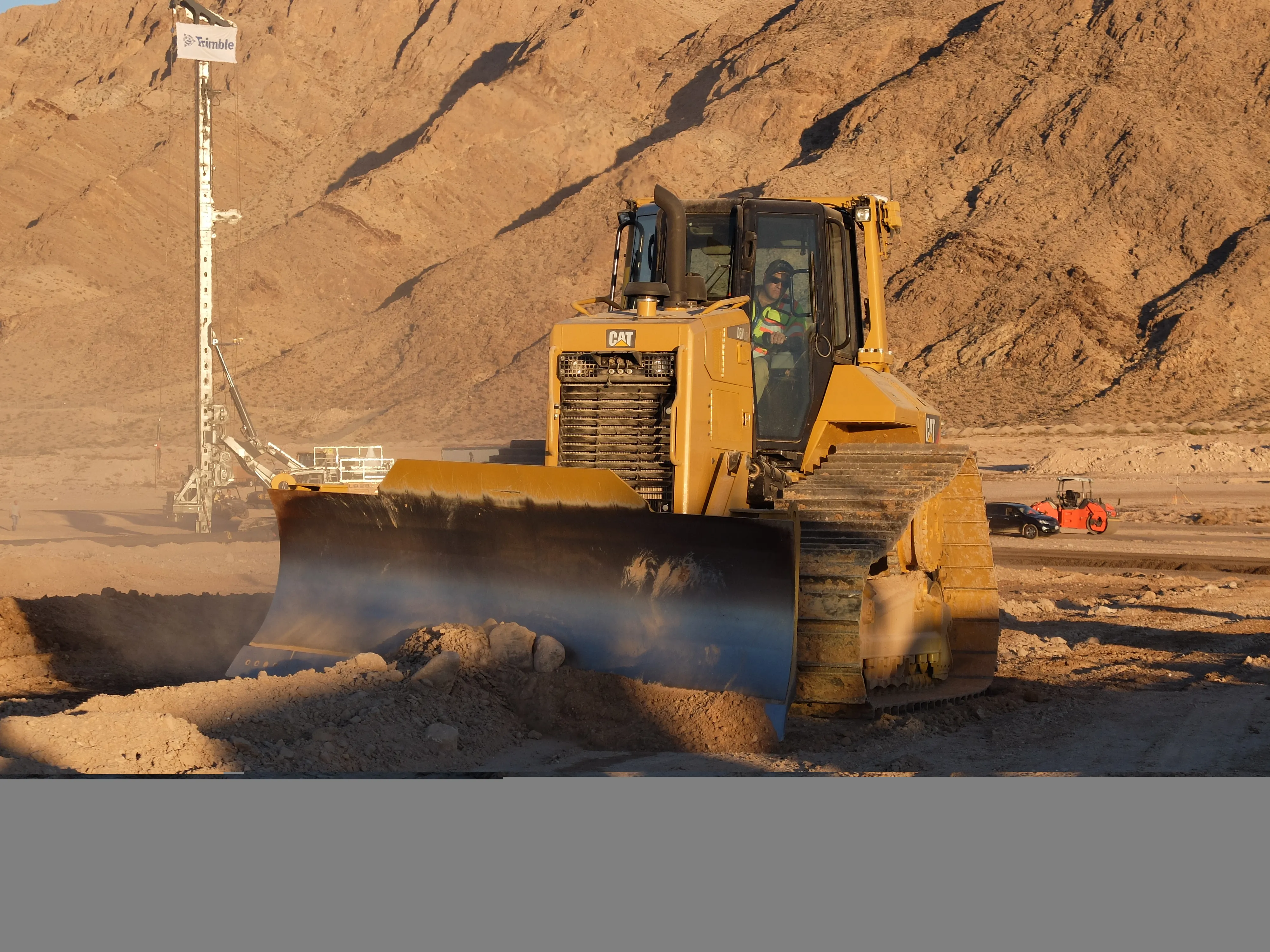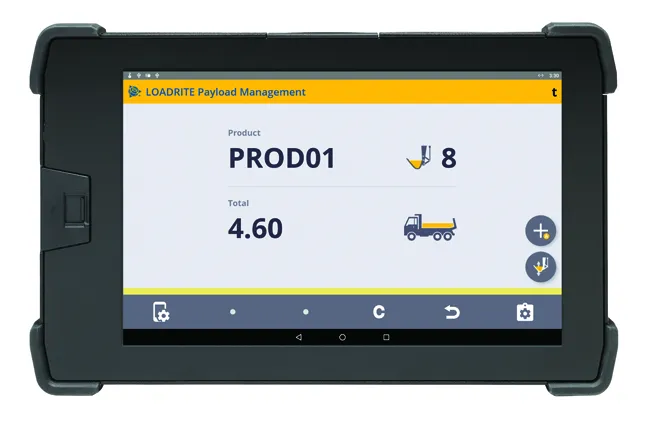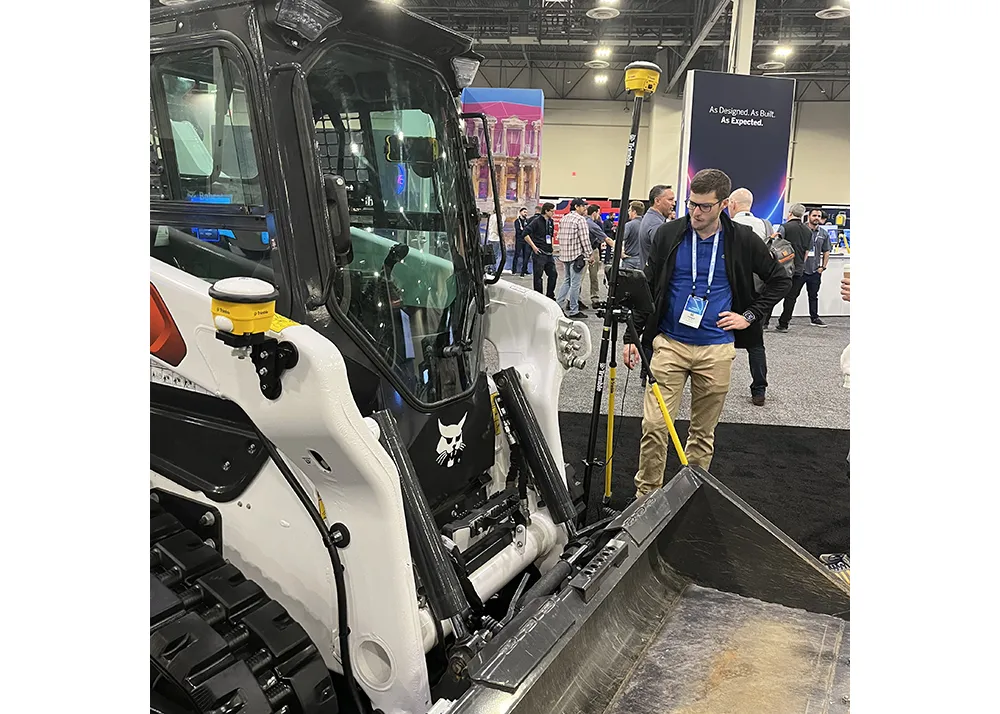
With new systems coming to market,
Eric Crim is product manager for machine control systems in Trimble's heavy & highway division. He said, “At CONEXPO we showed a new grade control for excavators and the new dozer system is now upon us. For Earthworks, the biggest thing that was updated was the user interface. It was a survey tool but now it’s more of an operator interface.”
Because the system runs off the widely-accepted Android platform, Crim said that it is highly accessible.. The package is designed to be easier to use and benefits from customer feedback. Crim said, “Users have made it more suitable for their job. Before operators learned to get used to it. Many users may think the new variant has more tools but this is not strictly true. The fact is that previous versions had tools that were harder to find and they weren’t using the full range of features that we offered.”
Crim explained that getting feedback from the users was not easy but has proven invaluable to the development of this system. But the package is now a great deal more user friendly than earlier generation technology according to Crim and he said that one Spanish speaking operator managed to understand what the package was doing using the symbols, even though the version he was using was in English. Crim said, “The fact that operators can get going quickly is huge. It also allows a younger inexperienced operator to get up to speed with the quality of the work. It keeps the machine up and running without the user having to relearn. This is a big deal as there are fewer experienced operators around now. Operators can use the full suite of what’s available in the software.”
The package can also be customised to suit the user’s needs. Crim said, “We’re providing the hardware and we have a Trimble app store.” He explained that the customer can add apps such as those for weather as they see fit to add value. The weather app for example can allow the operator to prepare a site for a rainstorm and build drainage as required rather than having to do this after, “…so they’re not playing catch up.”
Meanwhile, he said that some contractors do understand how to make their own apps that can be used to customise the system.
The control box sits in the cab while the inertial measurement units (IMUs) are fitted in the cab, on the lift arms and on the dozer blade. The receivers are also mounted on the cab. As with the system already available, this new package relies heavily on the IMUs to assist GPS location. The firm has dispensed with using in-cylinder sensors in favour of the IMUs, helping to boost accuracy. These are used to calculate the geometry, with the system utilising receivers in the cab. These IMUs are now well-proven onsite and are the same units as fitted on the excavators, allowing users to move them from one type of machine to the other, if required.
Switching to the IMUs has made a major advance Crim said, “The performance we’re seeing is amazing. There’s a lot of data being stored by those IMUs, and a lot more than with the sensors.” Although the IMUs will drift over time, they only need recalibration around once/year or if the dozer blade is replaced, according to Crim. The system is also easier to install for the dealer and Crim said, “The commissioning time has been reduced and the dealer only needs to use a total station to install the system. It only takes on hour to install and you can even do it onsite. You don’t even need a flat pad to install it but it does require a more advanced tool, our total station to install.”








